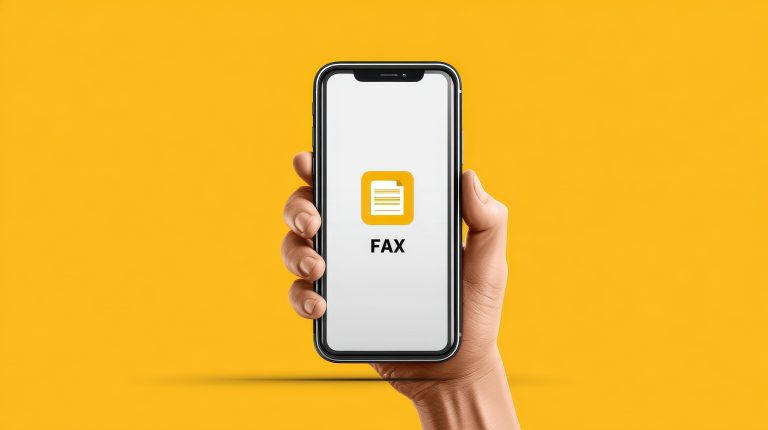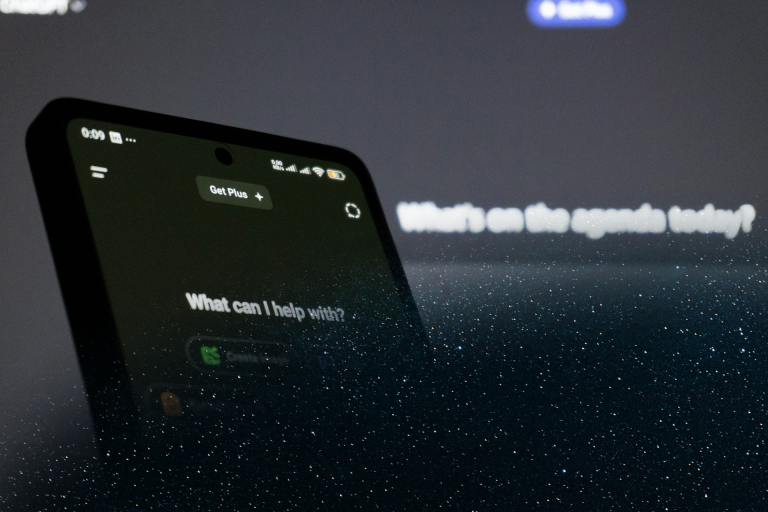Do you want to keep your website’s users engaged and coming back for more? Web push notifications can be a powerful tool. Imagine being able to send personalized messages directly to your users’ devices, even when they’re not actively on your site.
Push notifications can help you boost user engagement, increase conversions, and improve app retention. However, implementing them can be daunting. This guide will walk you through the steps, from setting up service workers to sending and handling notifications. By the end, you’ll have the skills to create a more engaging and effective web application.
Understanding Push Notifications
Push notifications are a way to send real-time messages to users directly on their devices. They can alert users of new events, updates, or offers even when they’re not actively using your app or website.
Push messages in Android are app push notifications specifically designed for Android devices. They offer the same benefits as push messaging notifications on other platforms, such as real-time delivery, improved engagement, and enhanced user experience.
While both push notifications and SMS notifications can be used to send messages to users, there are some key differences:
- Delivery method: Push notifications are delivered through a specific protocol designed for mobile apps, while SMS notifications are sent via the cellular network.
- Cost: Web notifications are typically much cheaper to send than SMS notifications, especially for large volumes.
- Features: Push message notifications offer more features, such as the ability to include images, sounds, and custom actions.
By understanding the key differences between push notifications and SMS notifications, you can choose the best method for your specific needs.
Prerequisites for Implementing Push Notifications
You must meet a few prerequisites before you can start implementing push notifications in your web app.
Web Application Requirements
To implement push notifications in your web application, you’ll need to ensure compatibility with modern browsers like Chrome, Firefox, Safari, and Edge. Additionally, you’ll need a server-side language or framework such as Node.js, PHP, Python, or Ruby to handle the backend logic for sending and managing push notifications.
User Permissions
To send push notifications to users, you’ll need to obtain their permission. This involves prompting users to allow notifications when they visit your website. It’s important to provide a clear and concise explanation of why you need their permission and how you’ll use push notifications.
Tools and Libraries
Implementing push notifications can be simplified using various tools and libraries. Push notification services like Firebase Cloud Messaging (FCM), OneSignal, and Pushy handle the infrastructure for sending and delivering notifications. Client-side libraries like web-push and ServiceWorkerRegistration provide a convenient way to interact with these services from your web application.
By understanding these prerequisites, you can ensure that your web application is ready to implement push notifications effectively.
Step-by-Step Guide to Implementing Push Notifications
Now that you have the prerequisites in place, let’s dive into the step-by-step process of implementing push notifications.
Step 1: Setting Up Service Workers
Service workers are background scripts that can handle tasks independently of your web application’s main thread. To implement push notifications, create a JavaScript file named service-worker.js and place it in your web application’s root directory. Then, register the service worker in your main JavaScript file using navigator.serviceWorker.register(). Finally, in your service-worker.js file, listen for the push event and handle it by displaying a notification to the user.
Step 2: Subscribing Users to Push Notifications
Once the service worker is registered, you can prompt users to subscribe to push notifications. To allow users to receive push notifications, you’ll need to ask for their permission. Use the Notification.requestPermission() method to prompt them. If they agree, subscribe them to push notifications using the PushManager.subscribe() method. This will create a subscription that you can use to send notifications.
Step 3: Sending Push Notifications
To send push notifications to your users, you’ll need to use your server-side code and a push notification service. First, get the subscription information from your users. Then, use this information and a special key to encrypt the notification message. Finally, send the encrypted message using the push notification service’s API.
Step 4: Handling Push Notifications on the Client Side
When a user receives a push notification, it triggers the push event in your service worker. You can handle this event to display a notification to the user. The service worker then creates a notification with the information you provided, like a catchy title and a clear message. Finally, it displays the notification on the user’s screen, just like a pop-up reminding them to check out your latest update.
By following these steps, you can effectively implement push notifications in your web application and enhance the user experience.
Final Thoughts
Push notifications are a powerful way to elevate user engagement and drive the success of your web application. By following these steps and utilizing the right tools, you can seamlessly implement push notifications and provide users with real-time updates directly on their devices. Are you ready to enhance your user experience? Start sending push notifications today and see the impact firsthand.







